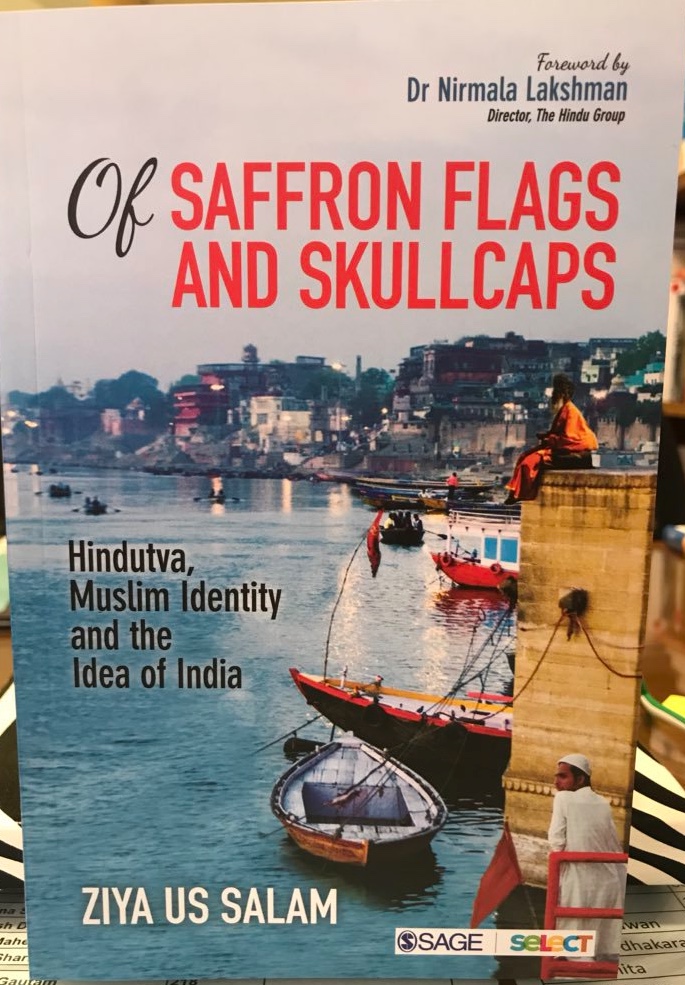

Khatun, 28, is a mother of three who rarely leaves her neighbourhood in southeast Delhi.

not just the Indian media and local politicians, the media across the world took note of a protest led by Muslim women taking on the Hindutva-espousing government.Īs the temperature in India’s capital plunged on a recent evening, Rehana Khatun bundled her 29-day-old daughter in a fuzzy quilt and went out for her new nightly activity: participating in a sit-in against the government. Men and women, the young and the old, used Google Maps to find their way through to Shaheen Bagh.

The largely working-class neighbourhood with its fair sprinkling of the wealthy and well educated was to soon become the epicentre of the struggle against the CAA, National Register of Citizens (NRC), and a bit later, the National Population Register (NPR). Beyond people in the vicinity, not many were aware of its whereabouts. Even as images of blood in the mosque and a boy with a bandaged eye caused consternation among the locals, the stir spread to the most unimaginable of places-Shaheen Bagh. It tore to pieces many an image of coy, speechless and powerless Muslim women. The image summed up how the women were going to respond to any atrocity in the anti-CAA stir. The girls were later identified as Ayesha Renna and Ladeeda Sakhaloon the guy whose life they saved was Shaheen-he escaped with a bleeding nose and a fractured arm.

The hijab-wearing girls flinched not a second, compelling the cops to retreat. even as two girls physically shielded the guy from the blows of the policemen, two other girls looked the policemen in the eye, fearlessly, fiercely. The most abiding image though was of four Jamia girls shielding a male student from the collective blows of police personnel who had dragged him out of the house by his collar.


 0 kommentar(er)
0 kommentar(er)
